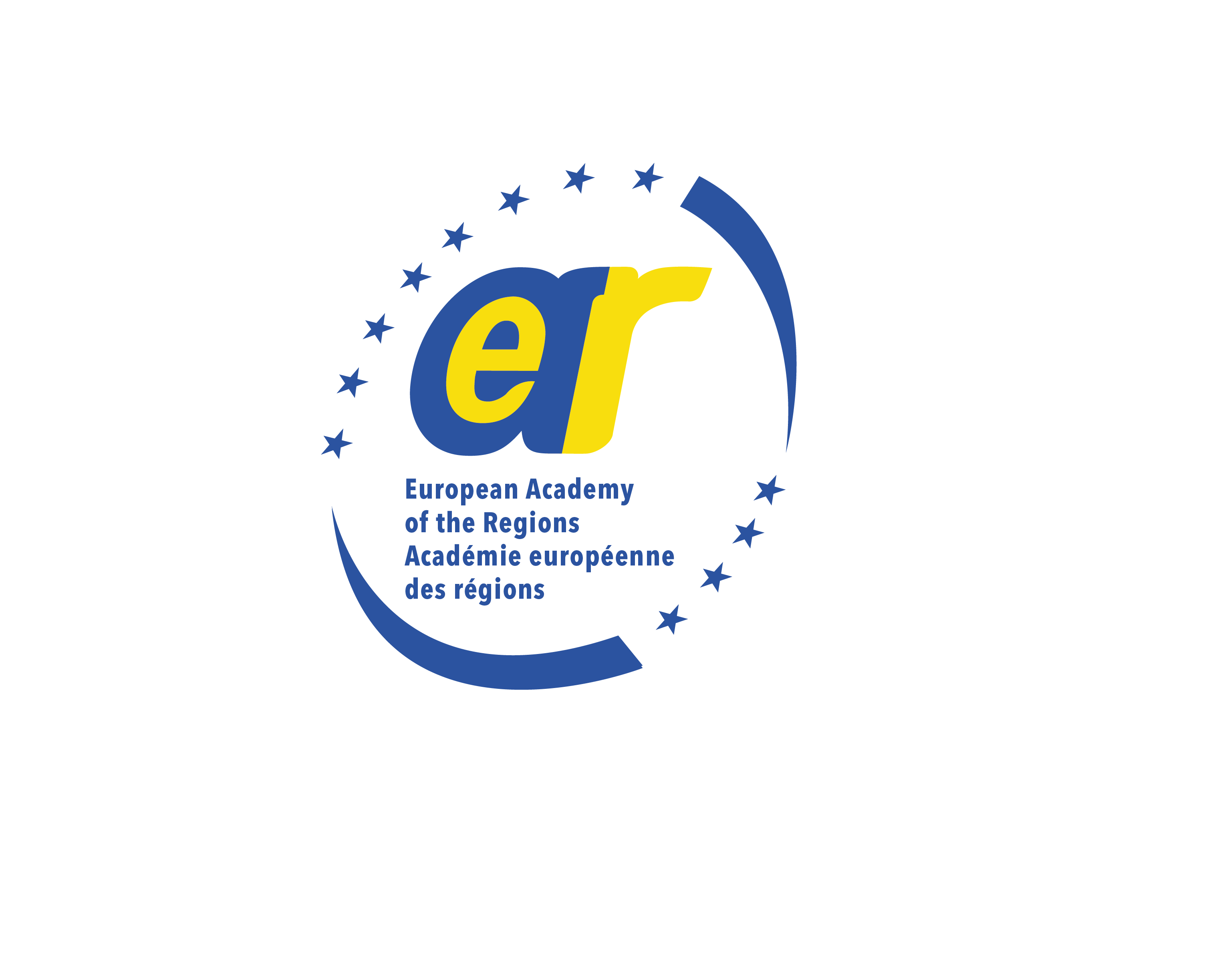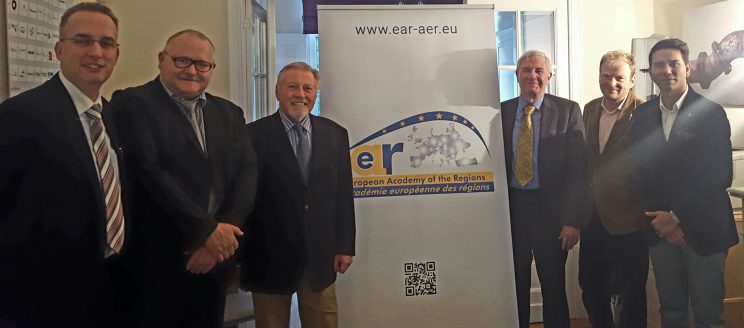The Healthcare Innovation and Government affairs department has identified a tremendous need for specific regional market access development in the field of healthcare innovation.
Different types of reimbursement structures need to be overcome to introduce novel technologies across Europe, innovators and entrepreneurs do not only overcome hurdles at a country level, regional strategies and local partnerships are key to guarantee patient access to healthcare.
Many factors play a key role in guaranteeing access (complexity, number of involved parties, timeline …) and the impact on the level of reimbursement uncertainty (likelihood of acceptance), current guidelines … whether these are conditional on existing governmental and regional policies including cost containment, the economics of ageing and supply induce demand are crucial to improve patient coverage.
As the percentage of GDP expenditures related to healthcare and more specifically to medical technology innovation increases, market entry barriers such as reimbursement regulations have surged as a cost-containing tool to restrict market forces in the medical device industry.
Regional health policy makers have the goal of guaranteeing and improving patient access to innovative medical technologies at an affordable price. To reach this goal, policy makers make use of intentionally complex reimbursement regulations.
Increased healthcare cost and the complexity in the reimbursement process have changed the regional market dynamics in the medical device industry. The pillar where decision making power used to rely has changed from a formal clinically-based towards an actual financially-based decision making. Therefore, achieving clinical endorsement does not longer guarantee patient access to innovative medical technologies.
In order to gain market access at a regional level with the support of the medical device industry, a manufacturer is required to comply with quality, safety and efficacy regulations. CE mark compiles all this requirements and entitles medical device manufacturer to sell across Europe without guaranteeing regional payer’s endorsement. As a consequence, having a medical device CE-marked is not sufficient to guarantee patient access across Europe.
Healthcare providers are allowed to buy and use a CE-marked medical device however the final coverage decision making relies on the regional payers and policy makers who set the pathways and hurdles to be overcome to achieve reimbursement.
For a medical device manufacturer to achieve payer’s endorsement, three important hurdles need to be overcome: coverage, coding and payment through established reimbursement.
The lack of a common European payment structure derives in a complex country-by-country and region-by-region reimbursement application making it very inefficient for medical device manufactures to achieve reimbursement or an opportunity to change the approach to a regional-local level.
Reimbursement and market entry prioritization play an important role in Medtech innovation value function and it carries a high risk and uncertainty due to asymmetric information. The risk is higher for start-up manufacturers due to the lack of financial resources.
In contrast to CE-mark, reimbursement is not a necessary condition to sell. Knowing the regional reimbursement pathway and steps to be taken will resolve the uncertainty. The likelihood of a reimbursement tariff covering sufficiently the cost of the device and the surgical procedure will only be known after an initial reimbursement assessment. Therefore, company flexibility is required to reduce this uncertainty and to accomplish the targeted sales volume. A positive reimbursement outcome will contribute towards further technology implementation and expansion to other continents. Real options theory allows for flexibility in reimbursement investments while dealing with outcome uncertainty (reimbursement tariff higher than device cost).
Our drive is to provide further understanding of regional and local dynamics to guarantee homogenous patient access to healthcare innovation from a regional approach.
Richard MURRUGARRA – CENTURION, MSc, Head of EAR-AER Healthcare Innovation and Government Policy Department

